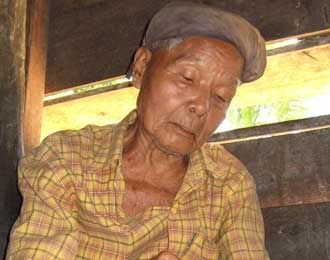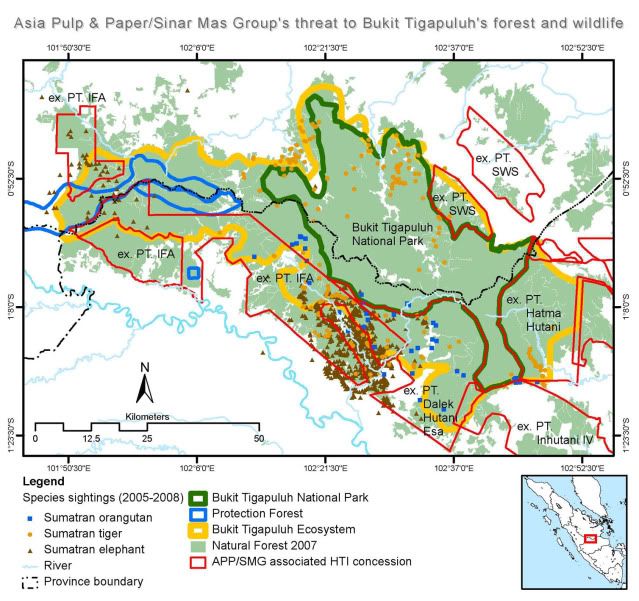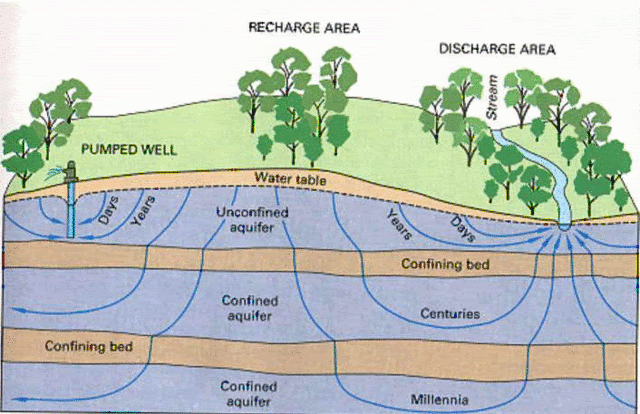Patih is the leader of the Talang Malak Tribe in Sumatra and has won an award for conservation efforts in the Bukit Tigapuluh National Park where he and his kinsmen live.
However, recently he made the journey from the forest to the Provincial Governors Office to hand the coveted award back and ask that it be sent back to Jakarta, presumably with a note saying “Shove it up yer arse”

Patih was displaying his disappointment on the lack of control that the government has with illegal logging operations in the park. Specifically he was disgusted that having saved and conserved over 1,800 hectares of the once massive Penyabungan and Penganan jungle the Government’s inaction toward checking deforestation in his area has caused devastating deforestation.
Putting the problem in perspective is that although he has saved quite a substantial amount of forest land, the surrounding area which consists of 104,933 hectares in Tunu River, 98,577 hectares in Durian Jajar and 21,901 hectares in Kelumbuk Tinggi Baner, has all been converted into oil palm plantations. The rest of the non national park land has been given over to paper production.
Strangely, the areas on the map below which have a red border are areas where the pulp and paper manufacturers are raping the forest are also among the areas where the majority of wildlife sightings have been made.

The tribe who have lived in the forests for many generations used to grow and tend Sialang Tree’s, a preferred home for Honey Bee’s. These tree’s are spread a distance apart to allow a large and varied coverage area for the bees, which, when the honey is ready would supply about 150 kgs of Honey from each tree on each harvest. Sadly, it seems only ten such tree’s exist.
As is the way of things here, it seems that the local government, despite claiming to actively promote conservation, refused to see Patih and he left the award with lower level staff who presumably now have it hanging proudly on their office wall.
